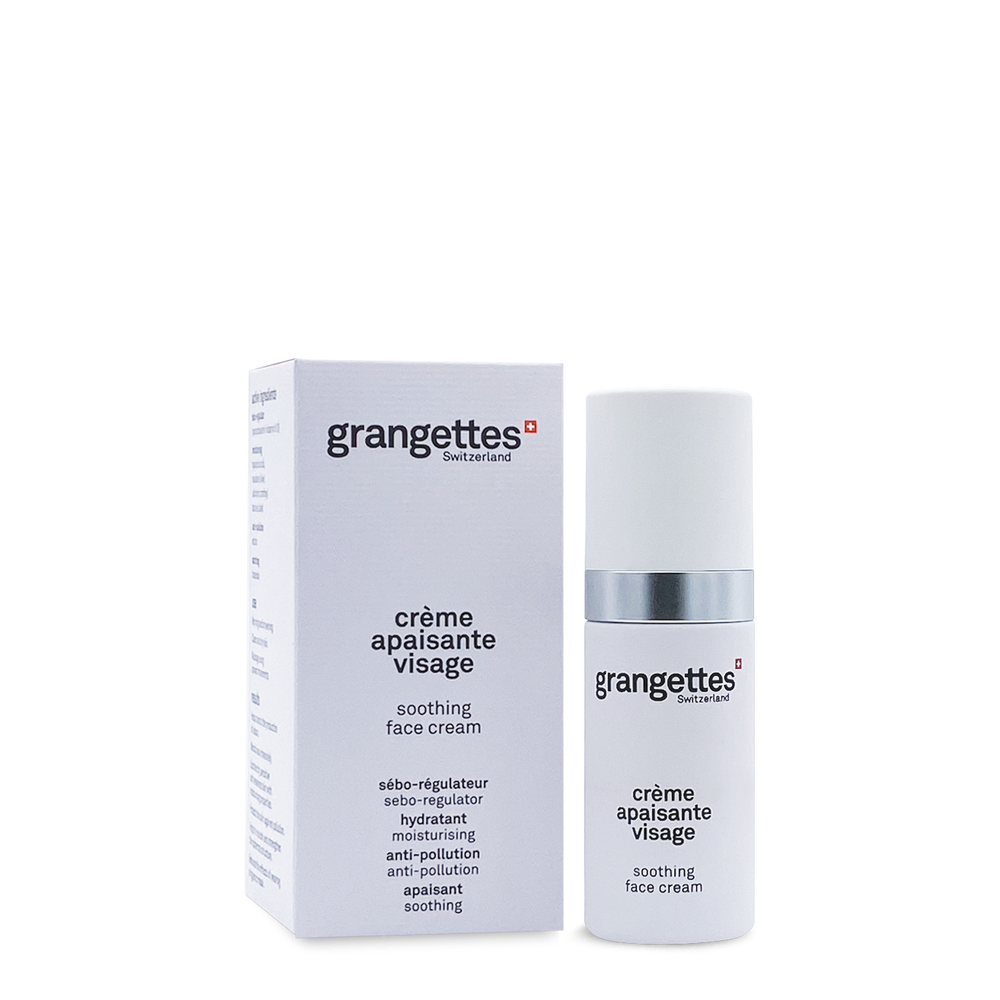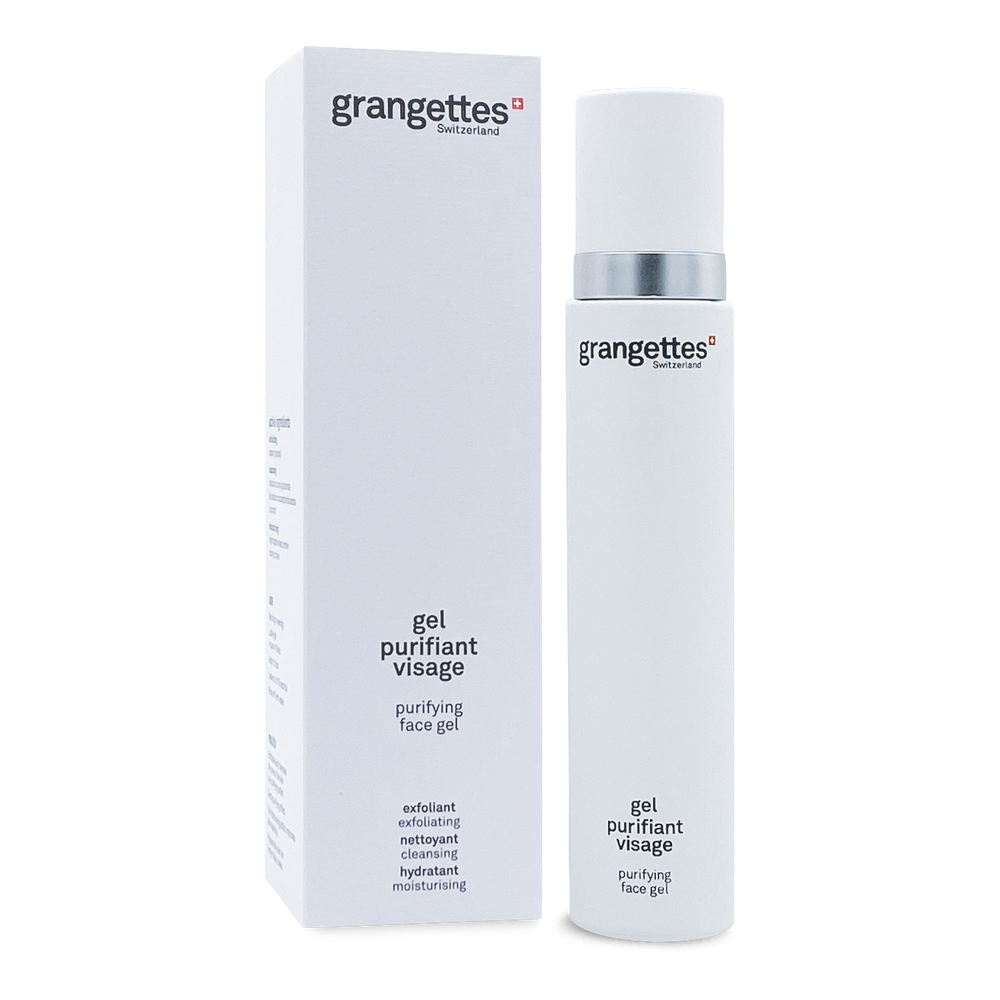What is a non-comedogenic product?
A non-comedogenic cosmetic is a product formulated not to clog the skin's pores, thus reducing the risk of comedone (blackheads) and acne formation.
If oily, combination, and sensitive skin are particularly vulnerable to comedogenic products, normal skin can also be affected. Therefore, choosing non-comedogenic cosmetics is essential to maintain healthy skin and reduce the risk of imperfections.
Conversely, what is a comedogenic product?
A comedogenic product is a care or cosmetic that promotes the appearance of comedones (blackheads, microcysts). It clogs the skin's pores, preventing sebum from properly escaping. Greasy or heavy ingredients, such as certain mineral oils or waxes, are often comedogenic. Indeed, in people prone to acne, these products worsen imperfections.
In reality, it all depends on your skin type: a product may be well tolerated by dry skin but comedogenic for oily skin. Comedogenicity also depends on the concentration of the ingredient and individual sensitivity.
And since comedogenic products contain ingredients that can accumulate in pores, they create an environment favorable to bacterial proliferation and skin inflammations.
Attention: today, many cosmetics carry the label "non-comedogenic," a mark of safety for acne-prone skin. However, this term is not strictly regulated and remains indicative. It is therefore advisable to take the time to observe your skin's reaction after use.
Knowing how to recognize comedogenic ingredients
Many ingredients used in cosmetic care are likely to clog pores:
- Some oils or butters like coconut oil, linseed oil, cocoa butter or shea butter: although these ingredients are moisturizing and nourishing, they are very comedogenic and can clog pores;
- Lanolin: it is recommended for treating conditions such as superficial burns, eczema, or psoriasis. In cosmetics, it is used for its shiny effect but is often too greasy for acne-prone skin;
- Heavy fatty acids: myristic acid and lauric acid, for example, are rich and potentially comedogenic;
- PEGs, silicones, synthetic surfactants: some substances can trap dirt and cause excess sebum on the skin;
- Mineral oils: they are obtained by petroleum distillation and clog skin pores.

To avoid comedogenic ingredients, it is also wise to limit the use of thick waxes (like beeswax) and fatty alcohols, which can weigh down the skin.
Read the label and identify non-comedogenic ingredients
Reading product labels is crucial for those seeking non-comedogenic cosmetics. Ingredient lists can be intimidating, but there are cosmetic analysis apps (like INCI Beauty and Yuka) that make checking each component easier.
In INCI lists, mineral oils are mainly found under the names: Paraffinum Liquidum, Petrolatum, Cera Microcristallina, Ozokerite, Ceresin Wax, Synthetic Wax, Mineral Oil, Isododecane, Isohexadecane…
To guide you, here are some ingredients often recommended in non-comedogenic products:
- Hyaluronic acid: this powerful moisturizing ingredient does not clog pores and is suitable for all skin types;
- Aloe vera: known for its soothing properties, this plant is also non-comedogenic;
- La niacinamide: also called vitamin B3, it regulates sebum without clogging pores;
- Green tea extract: this natural ingredient has anti-inflammatory and antioxidant properties and is ideal for skin prone to imperfections.
Ideally, prioritize products with a short and clear ingredient list, validated by cosmetic analysis apps. The simpler the composition, the less likely it is to include potentially comedogenic ingredients.

The Grangettes brand designs products rated 100/100 on cosmetic analysis apps. The cosmetics in the range follow a 100% clean charter, and contain no controversial ingredients in their composition. A real plus for choosing products that take care of both your skin and the environment.
Choosing a suitable foundation
Makeup products, especially foundations and powders, are among the most likely to clog pores. For skin prone to imperfections, it is essential to choose a light, oil-free foundation, specially formulated not to block pores. Powder foundations are often a good option, as they contain fewer oily agents than liquid versions.
Choosing a non-comedogenic day cream
Skin prone to imperfections needs appropriate hydration. Look for light creams based on water or moisturizing gels, which are easily absorbed without leaving a greasy film.
The Grangettes soothing cream is designed to regulate sebum production thanks to vitamin B12, and is perfect for combination and oily skin. Bisabolol, meanwhile, soothes hypersensitive skin.
- Regular price
- CHF 35.00
- Regular price
- Sale price
- CHF 35.00
- Unit price
- per
Opt for minimalism in skincare and makeup
Sometimes, the best way to reduce the risk of pore clogging is to simplify your routine. Indeed, using too many products layered on top of each other can prevent your skin from breathing.
A good principle is to limit yourself to three essential steps:
- Cleaning: use a gentle cleanser morning and evening to remove excess sebum and makeup residues. The Grangettes purifying gel is a great ally here, cleansing, gently exfoliating, and hydrating your skin;
- Hydration: a light moisturizer is enough, even for oily skin;
- Sun protection: prioritize a non-comedogenic sunscreen, essential to protect the skin without clogging pores.
- Regular price
- CHF 36.00
- Regular price
- Sale price
- CHF 36.00
- Unit price
- per
Test products on a small area
Before applying a new product to the entire face, test it on a small area, ideally on the jawline or behind the ear. Apply the product every morning for several days to see if comedones or redness appear. This method allows you to quickly detect if a product is poorly tolerated by your skin.
FAQ
What is a non-comedogenic product?
A non-comedogenic product is a cosmetic formulation designed not to clog pores. It thus limits the appearance of blackheads, microcysts, and pimples, especially on oily or acne-prone skin.
How to know if a product is non-comedogenic?
Check the composition on the packaging using cosmetic analysis apps.
Which ingredients should be avoided to limit comedogenic risk?
Some ingredients are known to be more comedogenic: mineral oils, lanolin, certain waxes, cocoa butter, or some heavy silicones.
Are all vegetable oils comedogenic?
No. For example, jojoba oil or grape seed oil are low comedogenic, while coconut oil or wheat germ oil are more so.
Does the term "non-comedogenic" guarantee zero pimples?
Not necessarily. Every skin reacts differently: a product may suit one person and cause imperfections in another.
Which skin types should prioritize non-comedogenic products?
Mainly combination, oily, and acne-prone skin, which are more sensitive to clogged pores and breakouts.
How to test if a product is really suitable for my skin?
First apply it to a small area for a few days. If imperfections appear quickly, it may be comedogenic for you. But be careful: to observe the effects of a non-comedogenic product on your skin, you need to use it for several weeks, as your epidermis needs time to get used to a new product.






